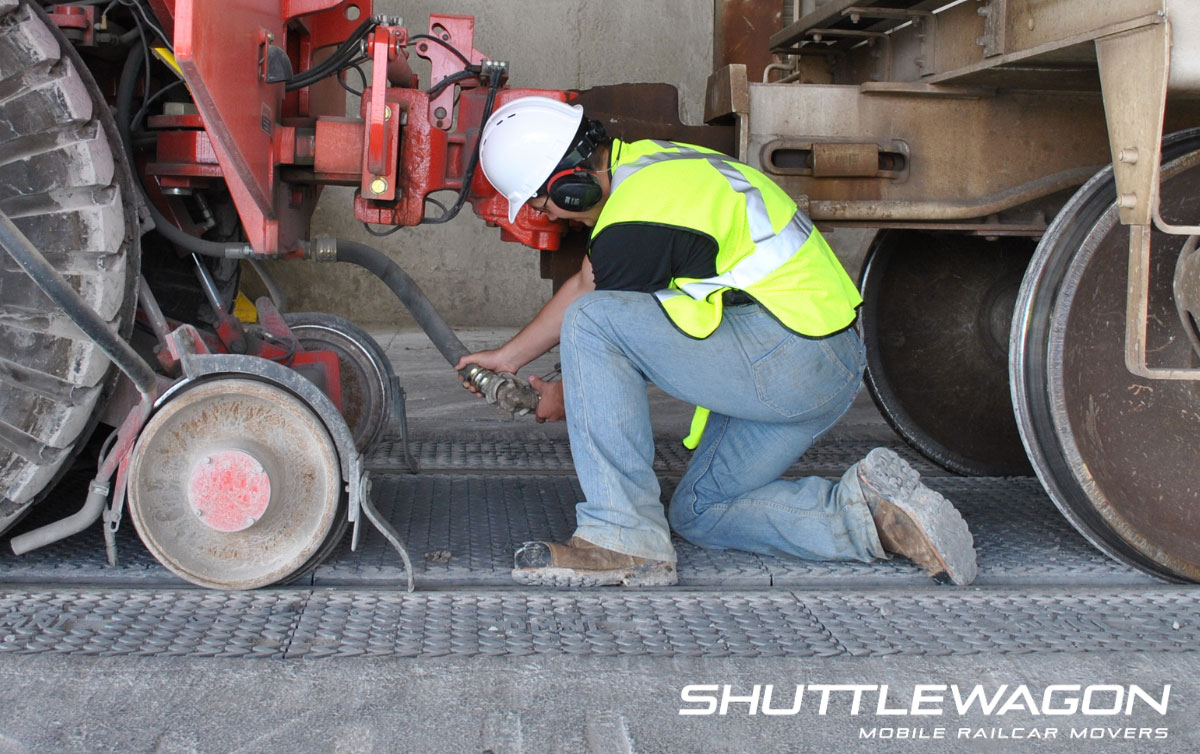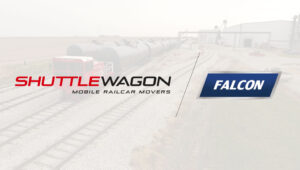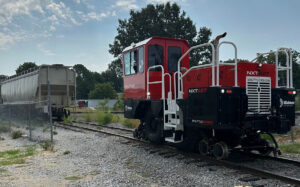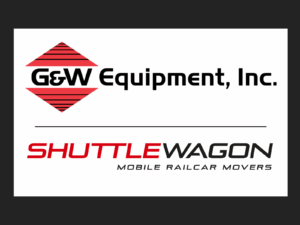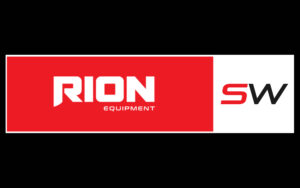Operating a Shuttlewagon or any large piece of equipment requires more than technical skill, it demands a commitment to safety, precision, and situational awareness. Environments and situations can change rapidly, and while we can’t always foresee everything, proper preparation can help eliminate risk and ensure a safe working environment, getting you and your colleagues home safely every night.
This article outlines a variety of high-level best practices for not only operating a Shuttlewagon but navigating a rail yard. If a situation arises that is potentially hazardous, remember to always default to the safety best practices and guidelines set forth by your on-site EHS manager.
The first step to safe operation is preparation. Coming to work focused and ready for the day is one of the most important things you can do every day, as lapses in attention can endanger yourself and those around you. The next step is to check to ensure you have the proper PPE. This can include high-visibility clothing, steel-toe boots, hard hat, safety glasses, and hearing protection, although your site may require other PPE. While it may seem cumbersome at times, proper PPE can be the difference in a close-call and injury or worse.
Once you’re focused and geared up with the proper PPE, it is time to inspect your Shuttlewagon prior to operation. Each Shuttlewagon is different, we recommend referencing your service & operations manual that has specific inspection instructions for your unit complete with photos of each check point.
If you see any signs of distress or damage, it is important to get them addressed immediately prior to operation. This will not only keep you safe but ensure that your Shuttlewagon is running smoothly and prevents larger issues down the road. As always, we suggest following the recommended maintenance schedule and regularly servicing your Shuttlewagon.
Once you’ve passed the inspection, it’s time to operate your Shuttlewagon. Although Shuttlewagons are designed with state-of-the-art safety features, it’s important to always maintain situational awareness. Conditions on the track can change quickly and you can’t always control human error. Use the following best practices during operation:
Visibility and Awareness
- Maintain constant 360-degree awareness
- Use mirrors and camera systems
- Communicate clearly with ground personnel
- Never assume the track is clear
Railcar Movement Techniques
- Consider pre-determined foul lines before leaving the machine and/or consist in a particular location
- Approach railcars at controlled, steady speeds
- Use precise coupling and uncoupling procedures
- Maintain safe following distances
- Be aware of track conditions and gradients
Common Hazard Management
- Blind Spots: Always use spotters or camera systems
- Communication: Use standardized hand signals and verbal ques
- Environmental Conditions: Adjust operations for weather and visibility
- Load Management: Understand weight distribution and pulling capacities
Emergency Preparedness
- Know emergency shutdown procedures
- Maintain clear communication channels
- Have first aid kit and fire extinguisher accessible
- Understand evacuation protocols
Safety is an ongoing process. Regular training and staying updated on the latest operational techniques are crucial for maintaining a safe work environment. Your safety and the safety of those around you are the most important consideration in any rail yard operation. Always consult your on-site safety professional for your specific protocols, standard operating procedures, and abide by all site-specific rules.
For more information on safe operations, training, or upgrading safety features on your unit, contact us.

